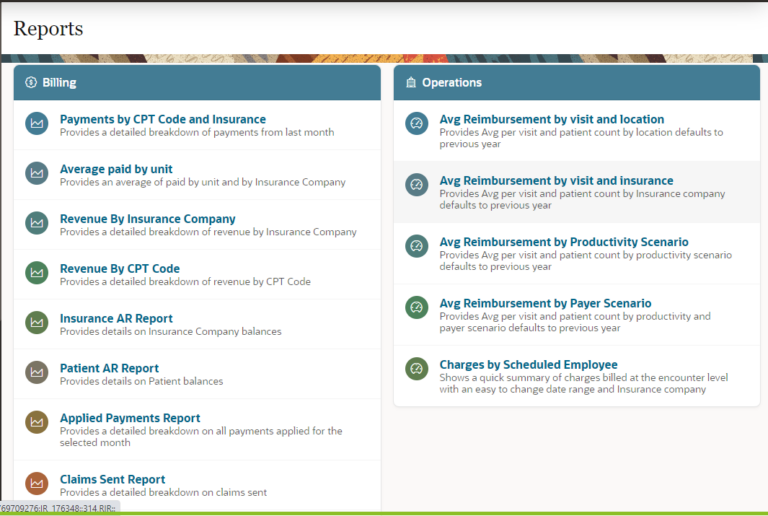Home Exercise Programs: Accelerating Rehabilitation Outcomes
When you are recovering from an injury or surgery, one of the most important things that you can do is to follow your home exercise program (HEP). A home exercise program is a set of exercises that you complete on your own, in the comfort of your own home. This type of program is a big part of what physical therapists use to accelerate rehabilitation outcomes. Patients that consistently complete their home exercise program have much better outcomes in their rehab program than those that do not.
Physical therapists know the benefit an HEP can be for a patient, but it can be time consuming for them to put together and distribute HEP’s to their patients on a regular basis. There are some simple ways to make home exercise programs easier to create and distribute to patients. By following these five home program tips, you can improve your efficiency with giving patients a HEP regularly:
Tip #01: Make sure the patient understands the exercise
When creating a home exercise program, it is important to assure that the patient understands exactly what they are supposed to do for each exercise given. Most physical therapists spend time demonstrating, teaching, and reviewing proper form with each patient prior to sending them home with an HEP. This can be very time conducive, but highly important.
Tip #02: Use pictures
Pictures can be a very helpful way to show patients how an exercise is supposed to be performed. Many times, people learn better visually than through verbal instructions. When including pictures with home exercise programs, make sure that they are clear and concise. Additionally, you can use pictures as a way to remind patients of the exercises they are supposed to be doing on their own.
Tip #03: Use videos
Similar to using pictures, physical therapists can also use videos as a means of demonstrating home exercise programs for their patients. This is especially helpful when there are multiple instructions for completing a specific exercise. Videos can also be used as a way to remind patients of the exercises they are supposed to be doing on their own.
Tip #04: Use simple language
When creating home exercise programs, it is important to use simple and concise language. This will help ensure that all patients, regardless of age or level of education, can understand the instructions. Many home exercise programs also include a set of instructions prior to the actual list of exercises. This can be used as a way to give general home program instructions that all patients should follow when performing their home exercises.
Tip #05: Use an automated HEP system
Instead of manually creating home exercise programs for each patient, physical therapy software, such as HENO (EMR and practice management software), can make the process much easier. Using an integrated HEP within your EMR can be much more efficient. It is easy to select the exercises that are needed directly from the patient’s daily note and exercise list. This will help to ensure that you are providing the most accurate home program for each patient, as well as reducing your documentation time.
If you are looking for a more efficient way to create and distribute home exercise programs to your patients, consider using an automated HEP system like the one contained within HENO. HENO’s HEP program will be available March 1, 2022. For more information on streamlining your processes, contact info@heno.io.





